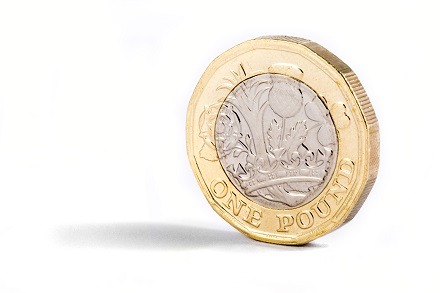Profit extraction – what goes around comes around.
Craig Simpson, Tax Partner at Bates Weston, looks at the effective rates of tax on profit extraction from a company.
Following the recent November 2022 Budget we have seen considerable changes to tax rates and allowances. What does this mean for extracting profits from your company?
For many years it has generally been more tax efficient to extract profits from a limited company by way of dividend when compared to salary or bonuses. This has been because of the low rates of corporation tax and the fact that dividends do not attract national insurance.
So where does the Budget leave us? The main rate of corporation tax increases to 25% from 1 April 2023. There is some relief for smaller companies where the 19% remains for profits up to £50,000 per annum and a marginal increase in corporation tax for profits between £50,000 and £250,000. The effective rate of corporation tax in the £50,000 to £250,000 actually works out at 26.5%. Once profits are above £250,000 all profits are taxed at 25%.
The large increases in corporation tax have a significant impact on the effective rate of profit extraction using dividends. This is because dividends do not attract corporation tax relief and so, put simply, an increase in corporation tax means less profits to pay dividends.
Dividend taxation rates have also increased in 2022/23 and will remain the same in 2023/24. The reversal of the national insurance levy of 1.25% was not applied to dividend rates, so these remain 8.75% for individuals paying tax at the basic rate, 33.75% at higher rates and 39.36% at the additional rate of income tax. These are lower rates than salary income (20%:40%;45%) to reflect the fact that corporation tax has been paid on the profit first.
Set out below are the effective rates of taxation combining corporation tax, national insurance (for earned income) and income tax. The upshot of this is that where income is subject just to the basic rate of taxation then dividends are still the most tax efficient route and we expect a majority of clients to remain on the low salary and dividend policy as a result. But the gap between salary and dividend for higher and additional rate taxpayers has been closed.
| Effective tax rates on profit extraction – 25% rate of Corporation Tax | ||||
| Personal Tax Rate | 2022/23 | 2023/24 | ||
| Bonus | Dividend* | Bonus | Dividend* | |
| Basic rate | 40.25% | 26.09% | 40.25% | 31.56% |
| Higher rate | 49.03% | 46.34% | 49.03% | 50.31% |
| Additional rate | 53.43% | 50.88% | 53.43% | 54.52% |
* assumes £2,000 dividend allowance used already and CT rate of 25% for 2023/24
| Effective tax rates on profit extraction – 19% rate of Corporation Tax | ||||
| Personal Tax Rate | 2022/23 | 2023/24 | ||
| Bonus | Dividend* | Bonus | Dividend* | |
| Basic rate | 40.25% | 26.09% | 40.25% | 26.09% |
| Higher rate | 49.03% | 46.34% | 49.03% | 46.34% |
| Additional rate | 53.43% | 50.88% | 53.43% | 50.88% |
* assumes £2,000 dividend allowance used already and CT rate of 25% for 2023/24
| Effective tax rates on profit extraction – marginal rate of Corporation Tax (26.5%) | ||||
| Personal Tax Rate | 2022/23 | 2023/24 | ||
| Bonus | Dividend* | Bonus | Dividend* | |
| Basic rate | 40.25% | 26.09% | 40.25% | 32.93% |
| Higher rate | 49.03% | 46.34% | 49.03% | 51.31% |
| Additional rate | 53.43% | 50.88% | 53.43% | 55.43% |
* assumes £2,000 dividend allowance used already and CT rate of 25% for 2023/24
There are other factors to consider when looking at profit extraction. Dividends have a tax cashflow advantage in that income tax is paid by instalments in January and July whereas salary is subject to an in month deduction for PAYE/NI.
It is also worth noting that if the individual is involved in qualifying research and development then it may be better to pay salary rather than dividends.
One quirk of the tax rules means that where an individuals income is between £100,000 and £125,140) their personal allowance (£12,570 for 2023/24) is withdrawn £1 for every £2 of income above £100,000. The marginal rate of tax on the dividend taking corporation tax and income tax into account is a whopping 63.71%. Many clients will want to manage income to £100,000 as a result.
One final thought, where a business operates a full profit extraction policy then it now seems that being self-employed or in partnership is the most tax efficient profit extraction route. I don’t expect we will see a huge rush to disincorporate as full extraction is quite rare and so having a company to give the flexibility to extract profits at an appropriate time is still favourable in a majority of cases.
Should you wish to discuss your profit extraction policy to make sure you are tax efficient then please do get in touch with Craig.
This guidance is generic in nature and does not constitute advice. You should take no action based upon it without consulting ourselves or your own professional advisor.

